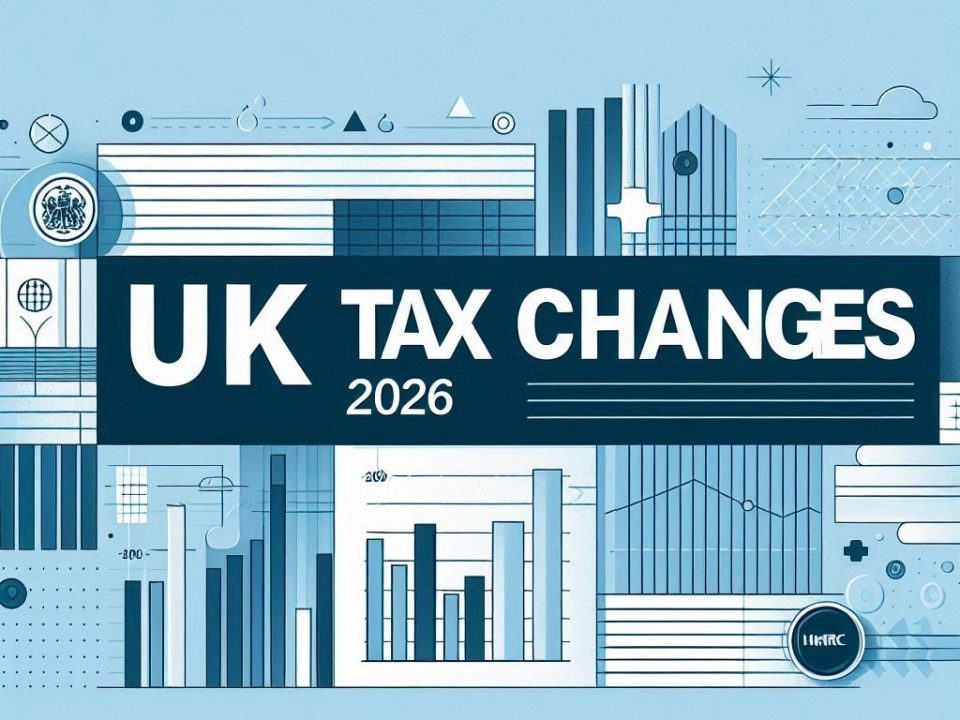Understanding Staff Entertaining Expenses: A Guide for Employers
October 21, 2024Understanding the s455 Charge on Director’s Loans: What Every Director Should Know
November 7, 2024The Chancellor’s Autumn 2024 Budget announced a number of significant changes impacting businesses, employees, and taxpayers alike. Here’s a quick breakdown of the highlights and how they may affect you from April 2025 onwards.
1. National Minimum Wage Increase
The minimum wage will rise to £12.21 per hour starting in April 2025. This is part of a broader move toward a single national rate, aimed at simplifying the pay structure across age brackets and regions. While this is great news for employees, employers should start budgeting for this increased wage bill.
2. Employers’ National Insurance Contributions (NIC)
Starting in April 2025, Employers’ NIC will increase by 1.2% to a total of 15%. Additionally, the NIC threshold will decrease sharply to £5,000 from the current £9,100. This change means employers will start paying NIC sooner for each employee, which could have a noticeable impact on costs.
3. Boost to Employment Allowance
The Employment Allowance will double from £5,000 to £10,500, helping smaller businesses offset some of the increased costs associated with the NIC rise. This is aimed at giving small businesses a buffer against the higher NIC rate and wage bill.
4. Capital Gains Tax (CGT) Rates on the Rise
- The lower CGT rate will rise from 10% to 18%.
- The higher CGT rate will increase from 20% to 24%.
- Importantly, CGT on residential property will remain unchanged.
These changes will mainly impact investors and business owners, especially those with significant non-residential assets. Consider speaking with a tax advisor to evaluate your portfolio and understand the potential impact.
5. Business Asset Disposal Relief (BADR)
BADR will be retained with a £1 million cap, which continues to offer significant tax relief for qualifying business disposals.
From 6 April 2025, Capital Gains Tax rates for Business Asset Disposal Relief and Investors’ Relief will gradually increase to 14%. By 6 April 2026, these rates will align with the main lower rate of 18%.
6. Extension of the Enterprise Investment Scheme (EIS)
In a move to encourage business investment, the Enterprise Investment Scheme (EIS) has been extended until 2035. This provides long-term support for those investing in high-growth potential businesses, maintaining tax advantages for investors.
7. Inheritance Tax (IHT) Freeze Continues
The Inheritance Tax threshold will remain frozen until 2030. This freeze means more estates will become liable for IHT as property values rise, potentially affecting those who may not have previously considered IHT planning.
8. Corporation Tax (CT) Maintained at 25%
No change here: Corporation Tax will stay at 25%, which was previously set in the last budget.
9. Stamp Duty Land Tax Surcharge on Second Homes
From October 31st, the surcharge on second homes will increase to 5%. This adjustment is likely to discourage additional property purchases and generate additional revenue, so plan accordingly if you’re considering acquiring another property.
Key Takeaways
These changes underscore the government’s efforts to increase revenue while supporting businesses and investments. Whether you’re an employer, investor, or individual taxpayer, proactive planning will be essential to minimize tax liabilities and adjust to the changes.
For further guidance on managing these tax adjustments, especially if you’re an employer facing higher NIC and wage costs, or a property investor affected by the new SDLT surcharge, contact us for a consultation. Our team at Taxes Done Right Ltd. is here to help.



